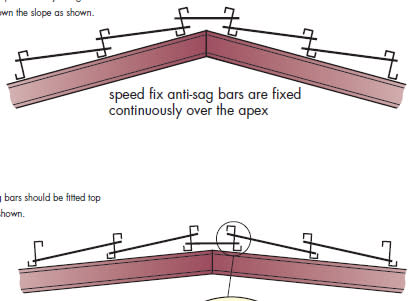Neocheung
Structural
- Feb 23, 2018
- 2
Does any one could tell me the difference between these two rod arranging patterns in the following picture? When should the first pattern be used and when should the second pattern be used?
Many thanks in advance.

Many thanks in advance.

